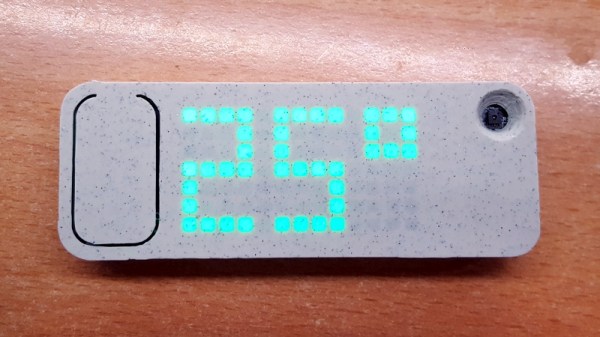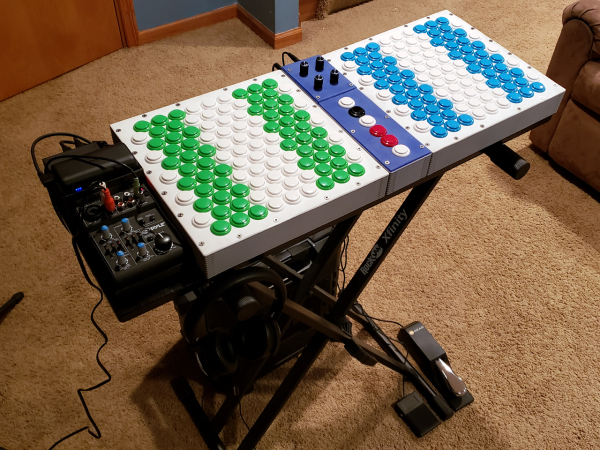Nuclear power is great if you want to generate a lot of electricity without releasing lots of CO2 and other harmful pollutants. However, the major bugbear of the technology has always been the problem of waste. Many of the byproducts from the operation of nuclear plants are radioactive, and remain so for thousands of years. Storing this waste in a safe and economical fashion continues to be a problem.
Alternative methods to deal with this waste stream continue to be an active area of research. So what are some of the ways this waste can be diverted or reused?
Fast Breeders Want To Close The Fuel Cycle

One of the primary forms of waste from a typical nuclear light water reactor (LWR) is the spent fuel from the fission reaction. These consist of roughly 3% waste isotopes, 1% plutonium isotopes, and 96% uranium isotopes. This waste is high in transuranic elements, which have half-lives measured in many thousands of years. These pose the biggest problems for storage, as they must be securely kept in a safe location for lengths of time far exceeding the life of any one human society.
The proposed solution to this problem is to instead use fast-neutron reactors, which “breed” non-fissile uranium-238 into plutonium-239 and plutonium-240, which can then be used as fresh fuel. Advanced designs also have the ability to process out other actinides, also using them as fuel in the fission process. These reactors have the benefit of being able to use almost all the energy content in uranium fuel, reducing fuel use by 60 to 100 times compared to conventional methods.















